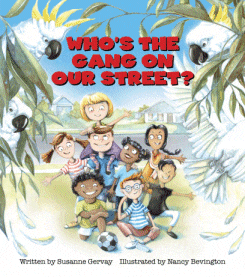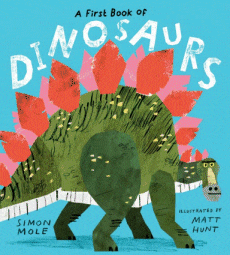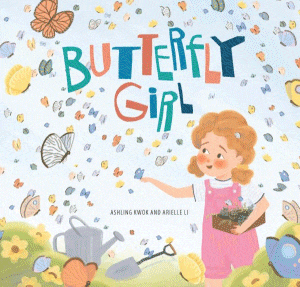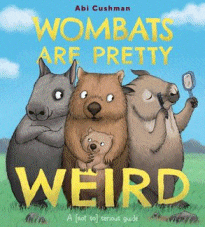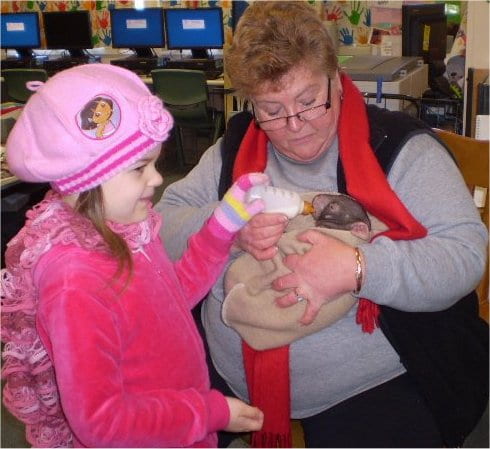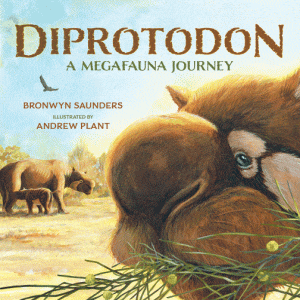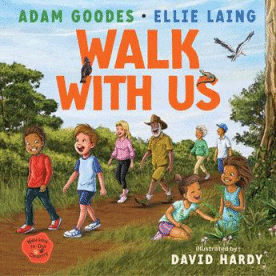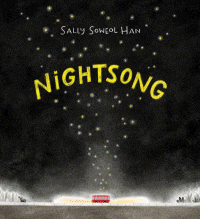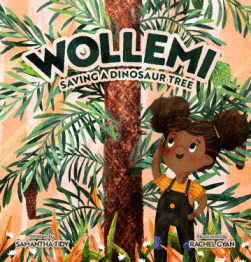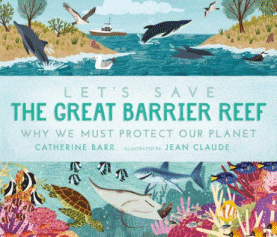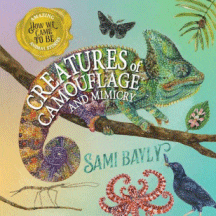
How We Came to Be: Creatures of Camouflage and Mimicry
How We Came to Be: Creatures of Camouflage and Mimicry
Sami Bayly
Lothian. 2023
40pp., hbk., RRP $A19.99
9780734421371
In 2019, “author and illustrator of all things weird and wonderful” Sami Bayly published her first book, The Illustrated Encyclopaedia of Ugly Animals and within four years her name on the cover of a book has become the signal for an intriguing, fascinating read about the creatures that inhabit this planet.
That first book was followed by The Illustrated Encyclopaedia of Dangerous Animals and The Illustrated Encyclopaedia of Peculiar Pairs in Nature, then the first in a new series called How We Came to Be focusing on sea creatures. This new release is the next in that series and it examines animals that are masters of disguise – those who can blend into their surroundings (camouflage) and those that can look like something else (mimicry) – and how they have developed these abilities over time.
As she explains, there are different forms of camouflage including appearance, smell, sound, behaviour and location and so the book is divided into those sections, each examining a handful of exponents of that art. But rather than the usual format of an illustration accompanied by text, the information is shared in short speech bubbles with the creature itself with more generalised facts highlighted in spots. So the reader is involved in a “conversation” with the unique characteristics shared by the creature itself making the whole very accessible to younger independent readers, providing enough to satisfy curiosity but also to spark greater investigation. For example, she dons her scuba outfit and seeks out a mimic octopus who appears as a sea snake but then confesses their ability to mimic a number of creatures, and this could then lead to reading Meet Mim to find out more. Those featured in the book are complemented by those on the endpages, including my all-time favourite the leafy sea dragon (a cousin of the weedy sea dragon) which in itself led me to investigate the differences between them.
In a recent blog post, I set out the reasons why our young readers need access to a robust non fiction collection including
- not everything is available on the internet
- what is there is not necessarily aimed at the curious minds of the very young and so is not accessible to them
- not all young readers have easy access to internet-enabled devices and don’t have the knowledge or skills to search for what they want
- young readers get as much from looking at the illustrations as they do from reading the text and so an attractive, graphic-laden layout is essential
- young readers like to look, think and return to the same topic or title over and over and the static nature of a print resource allows this
- that not everyone prefers to read from a screen, that print is the preferred medium of many, and there is research that shows that many prefer to print onscreen articles so they can absorb them better
- that research by people like Dr Barbara Combes shows that screen-reading and information -seeking on the internet requires a different set of skills and those most able are those with a strong foundation built on the traditional skills developed through print
- young readers need support to navigate texts so they offer contents pages, indices, glossaries and a host of other cues and clues that allow and encourage the development of information literacy skills, and again, the static nature of a book enables the young reader to flip between pages more easily
- the price of the book covers its cost and so there is no distracting eye-candy to distract the reader from their purpose and pursuit
- the content of most non fiction books is designed to inform rather than persuade or challenge, and so the young reader doesn’t need to be searching for objectivity, bias and undercurrent messaging
- that young children are innately curious and that exploring the answer to a question via a book with the child in charge is a unique bonding experience shared between parent and child that is not the same as looking at a webpage where the parent controls the mouse
- that children know what they’re interested in and a range of resources gives them a range of options all at the same time; that one question leads to another and the answer might be in another resources on the same topic but with a slightly different slant
- that children don’t know what they don’t know so browsing an interesting display of books with bright covers and intriguing titles can open gates to new pathways
Publishers are aware of this need, teacher librarians need to defend their collection development and whilst ever we have the likes of Sami Bayly bringing the real world to life in such interesting and intriguing ways the learning of our children will be enriched and enhanced. Can’t wait for the next one.
